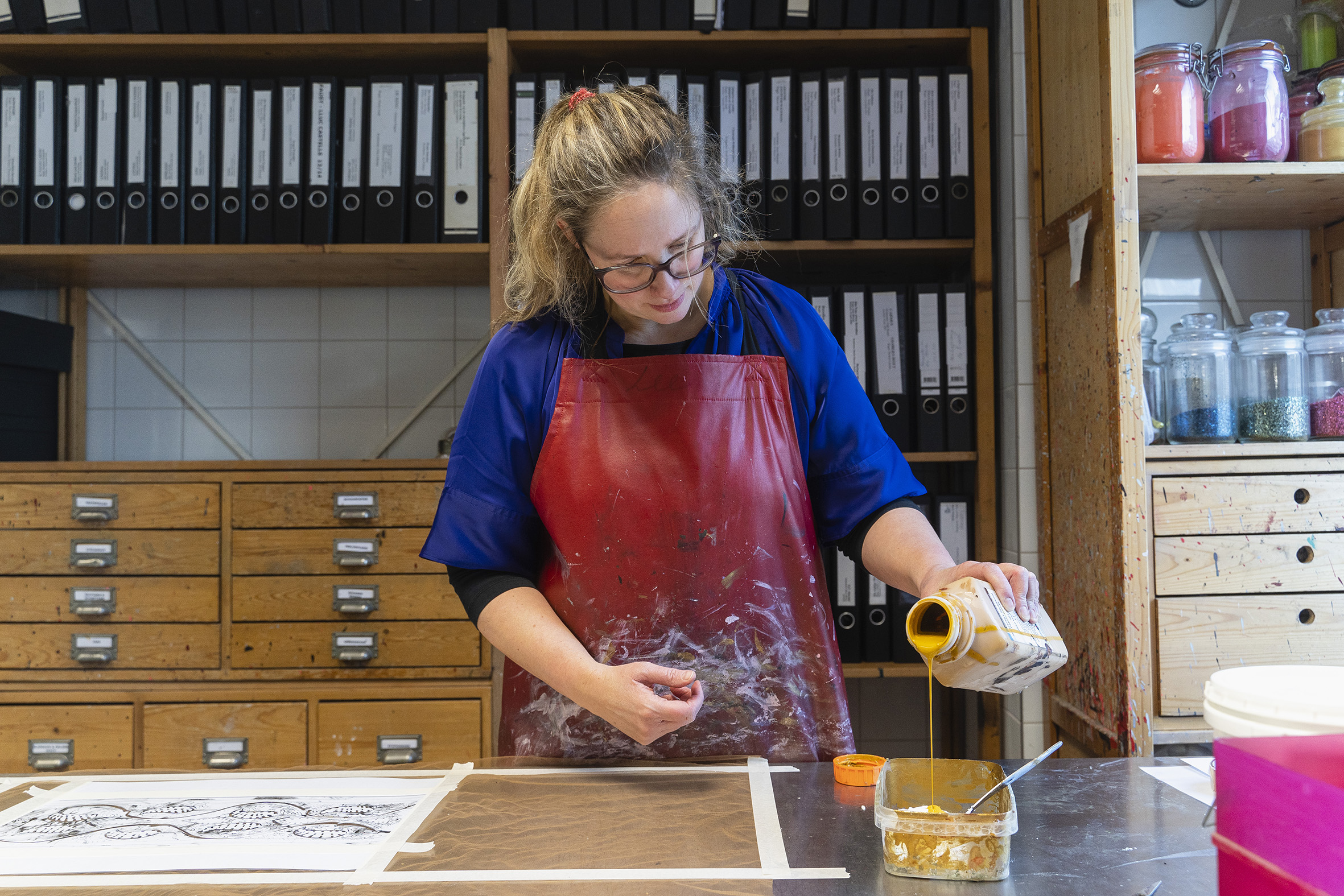
Behind the scenes: the dye shop
While productions often appear magical, they are not simply conjured out of thin air. Behind the scenes, every individual in each department plays a crucial role. But who does what and what does their creative process look like? We speak with Rosalie Spruijt, a member of the dye shop team.
Text: Lune Visser
Costumes undergo both initial and final adjustments as part of their production process. Before the fabric pieces make their way to the costume workshop, they are dyed in the dye shop to achieve the desired colours. Furthermore, once the costumes are fully assembled, the dye shop is responsible for adding those essential finishing touches. This includes creating effects like colour gradients, prominent bloodstains, or a worn-out appearance. Rosalie elaborates, saying, “Dyeing entails a range of tasks. It could involve dyeing several metres of fabric in a large bath, or you might require precise painting techniques. As only two of us are responsible for this work, it can be quite challenging if, for example, an entire chorus suddenly needs costumes with an ‘aged’ look!”
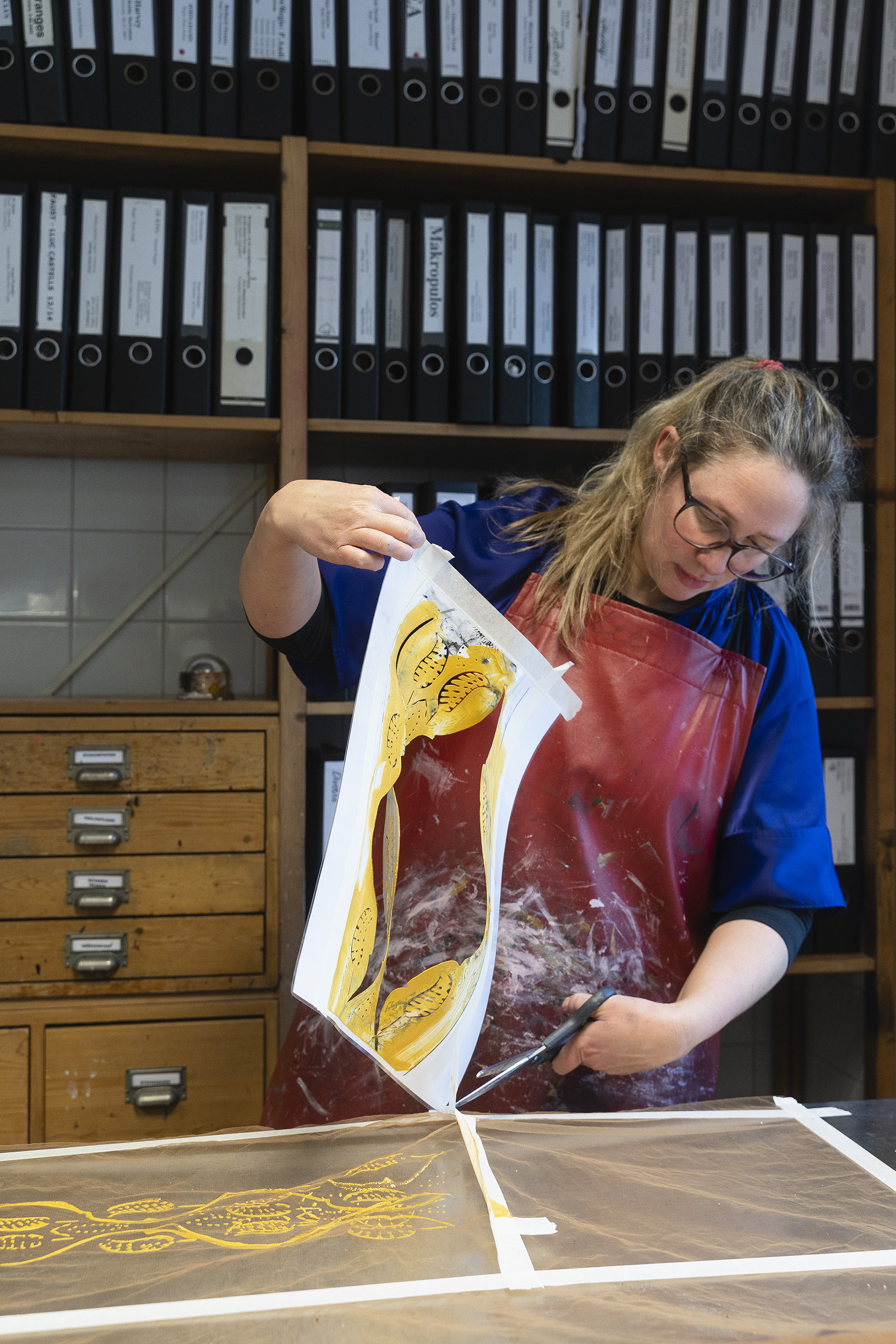
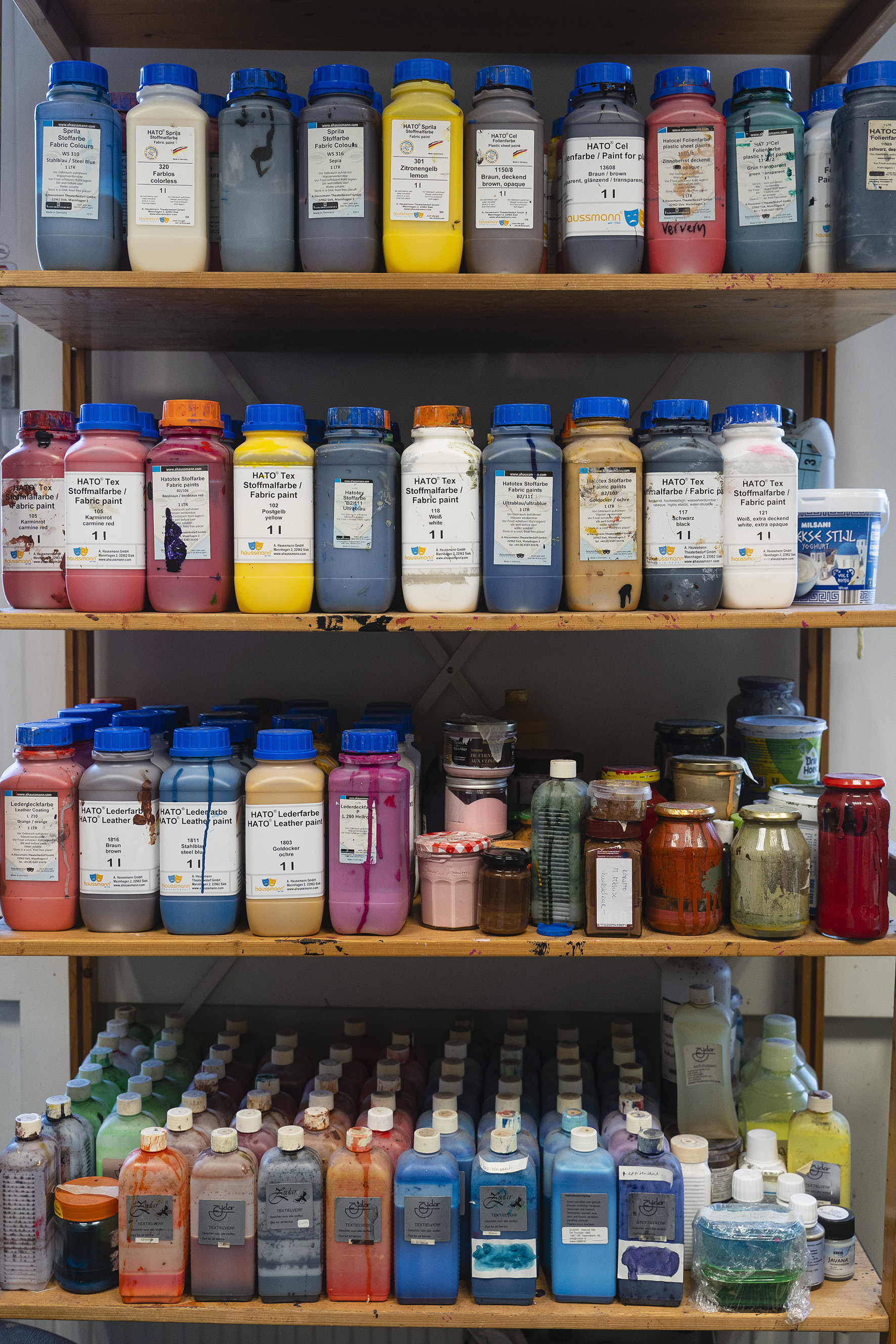
No room for error
Hats, shoes, belts, socks and complete costumes all find their way to the dye shop for transformation. Rosalie explains, “People bring in various items both for opera and ballet. For instance, we receive socks that need to match a specific skin colour or an entire costume that requires dyeing from white to black. Handling such tasks takes nerves of steel because getting it right the first time is crucial. That’s what makes this profession exhilarating – there’s no room for error. The possibility of remaking anything is out of the question, so there’s never a second chance. And as professionals, we’re only allowed to make a mistake once a year...”
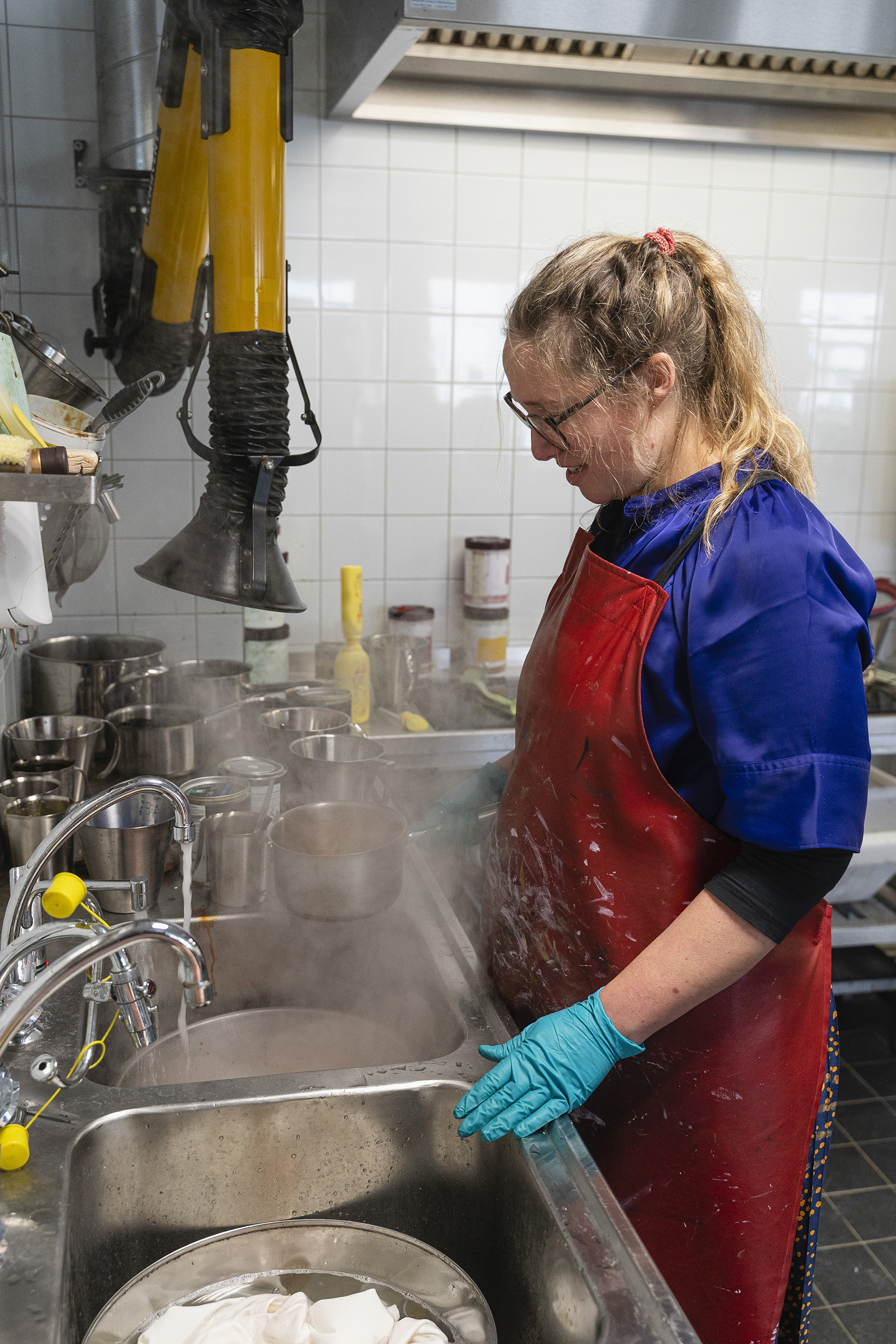
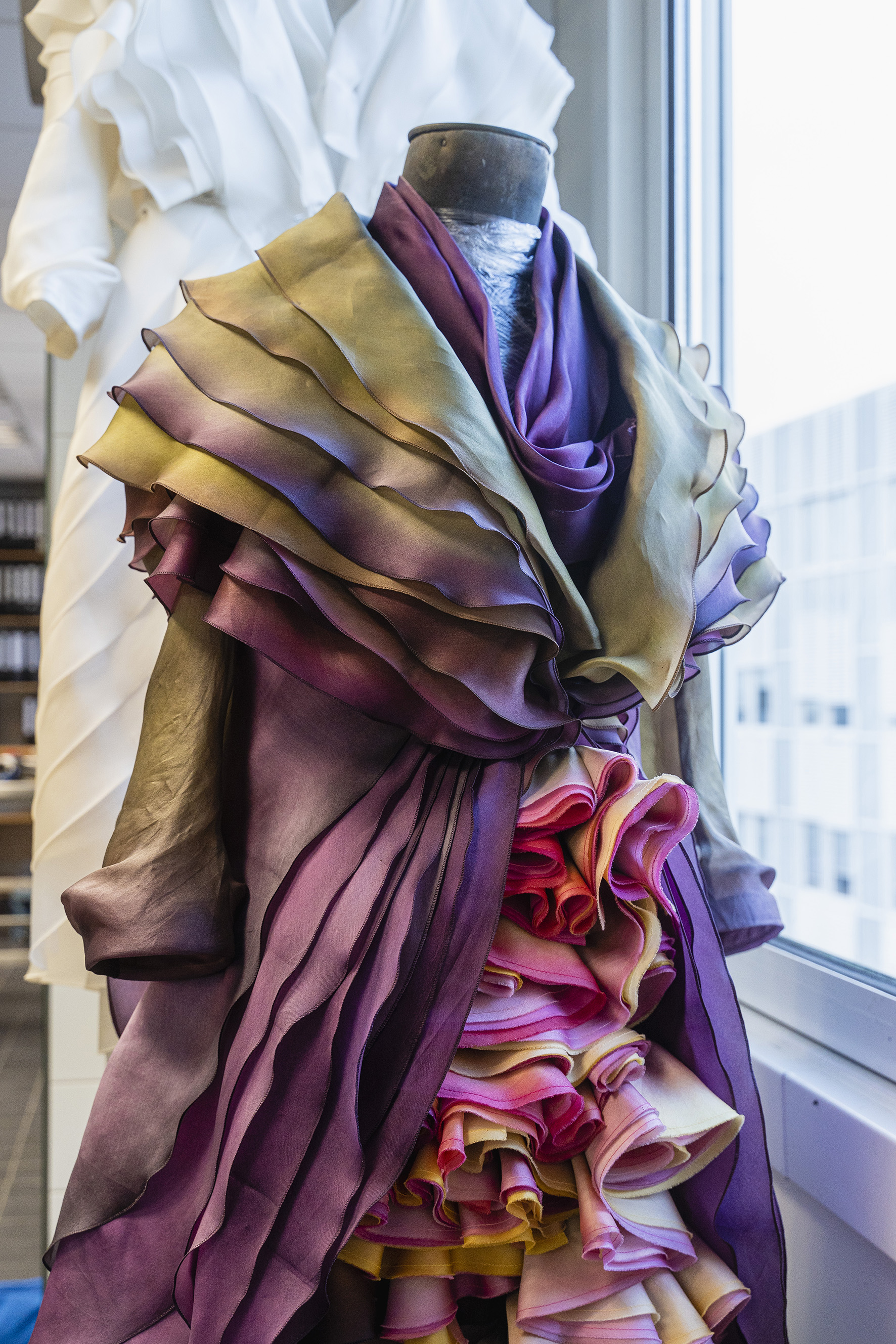
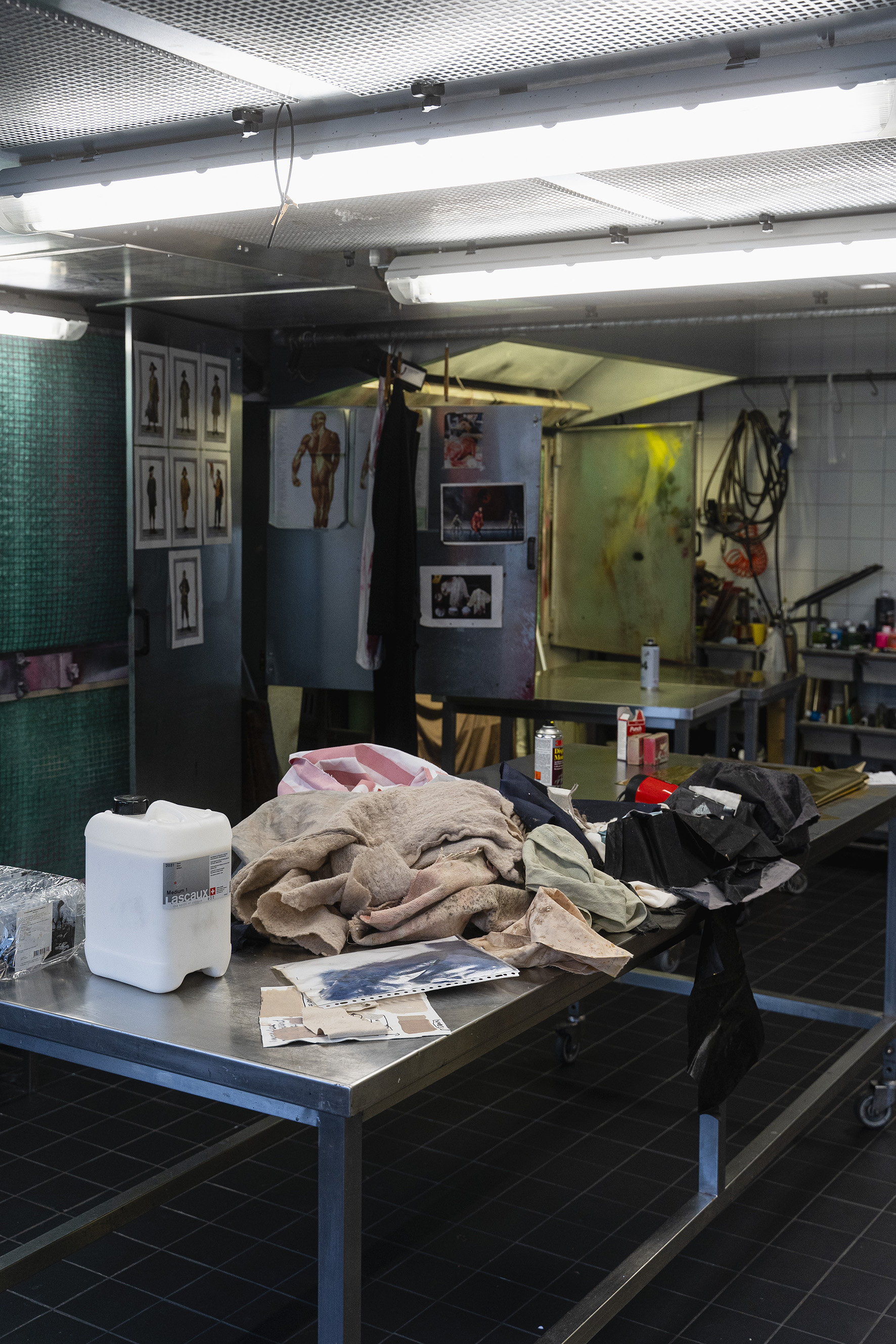
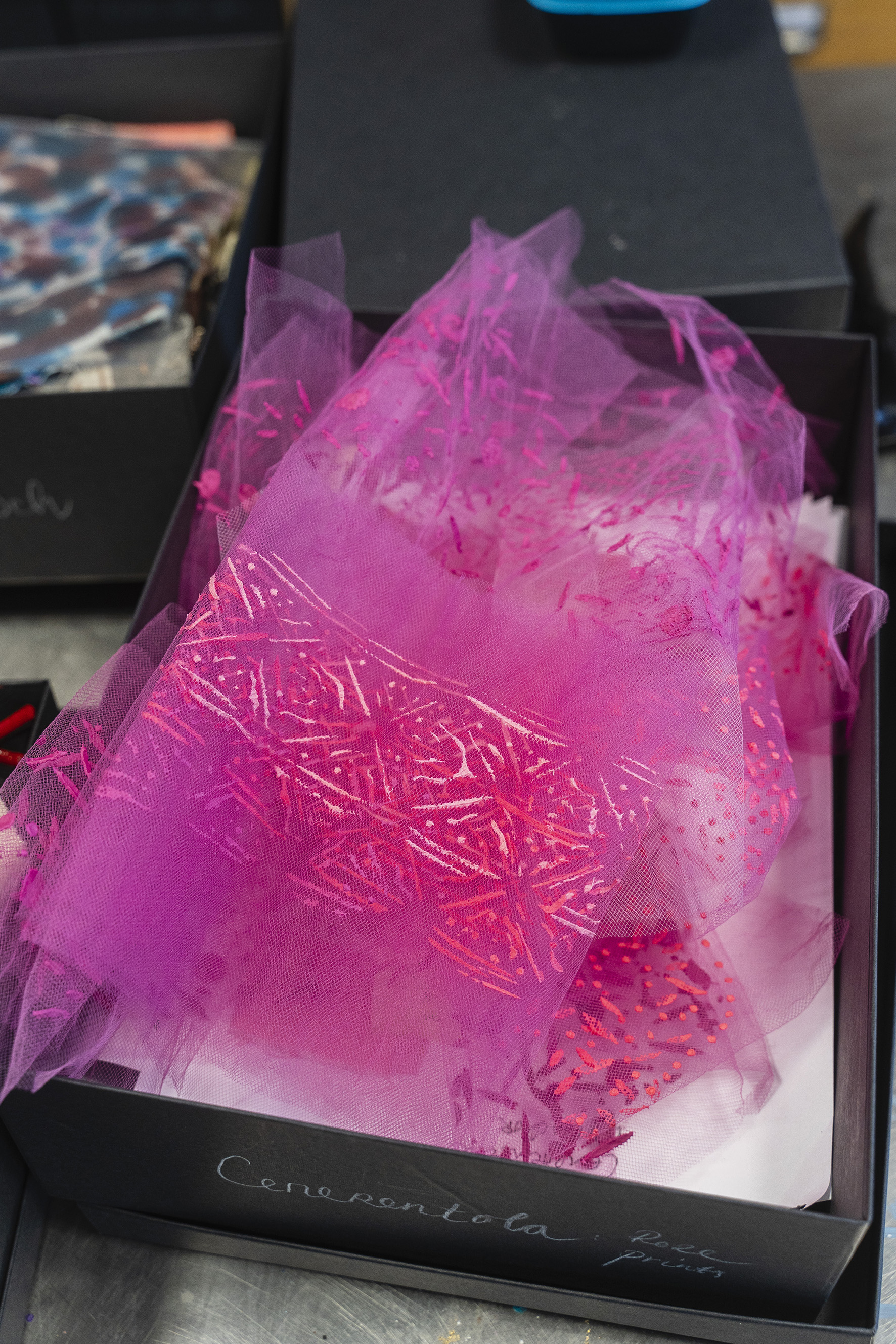
Unique profession
Being a ‘dyer’ is far from an ordinary profession, and it’s not something that one simply chooses. Rosalie highlights, “We are the only dye shop of this scale in the Netherlands.” Initially, Rosalie herself was unaware of the existence of this profession: “You just don't know it exists. I stumbled upon the department by chance while working as a dresser and was given a tour. Despite having studied textile art in art school, it took me a considerable amount of time to master each step. Every task demands the utmost precision and requires highly specialised techniques that are scarcely taught elsewhere.” Nonetheless, alongside the senior dyer, Rosalie eagerly embraces every challenge. “We never refuse; we simply give it a try. And so far, it has always worked out well – except for that one time each year!”
